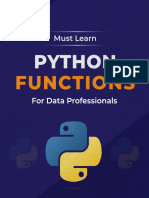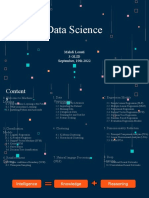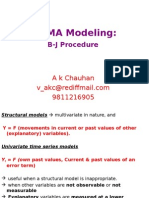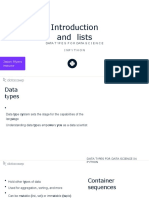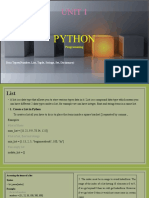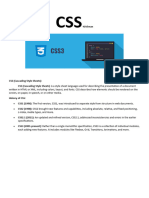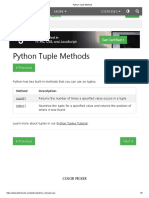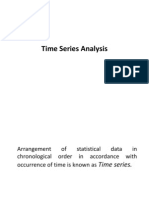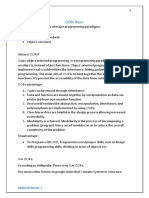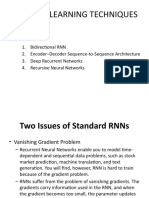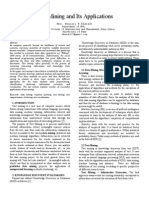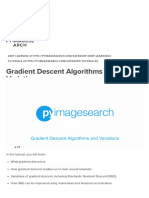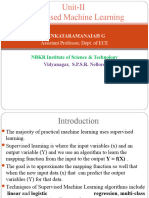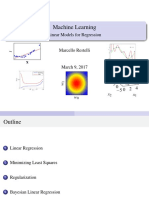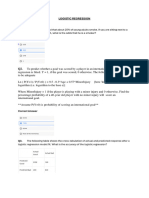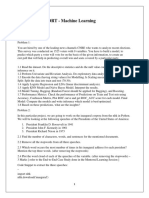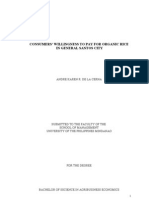0% found this document useful (0 votes)
155 views30 pagesMachine Learning: Linear Models For Classification 1
This document discusses linear models for classification using machine learning. It describes how linear classification divides the input space into decision regions with linear decision boundaries. It then covers discriminant functions, least squares classification, and its problems with outliers and non-Gaussian distributions. Finally, it discusses using fixed basis functions to transform the input space into a feature space where nonlinear decision boundaries can be represented linearly.
Uploaded by
Marco CarusoCopyright
© © All Rights Reserved
We take content rights seriously. If you suspect this is your content, claim it here.
Available Formats
Download as PDF, TXT or read online on Scribd
0% found this document useful (0 votes)
155 views30 pagesMachine Learning: Linear Models For Classification 1
This document discusses linear models for classification using machine learning. It describes how linear classification divides the input space into decision regions with linear decision boundaries. It then covers discriminant functions, least squares classification, and its problems with outliers and non-Gaussian distributions. Finally, it discusses using fixed basis functions to transform the input space into a feature space where nonlinear decision boundaries can be represented linearly.
Uploaded by
Marco CarusoCopyright
© © All Rights Reserved
We take content rights seriously. If you suspect this is your content, claim it here.
Available Formats
Download as PDF, TXT or read online on Scribd
/ 30

